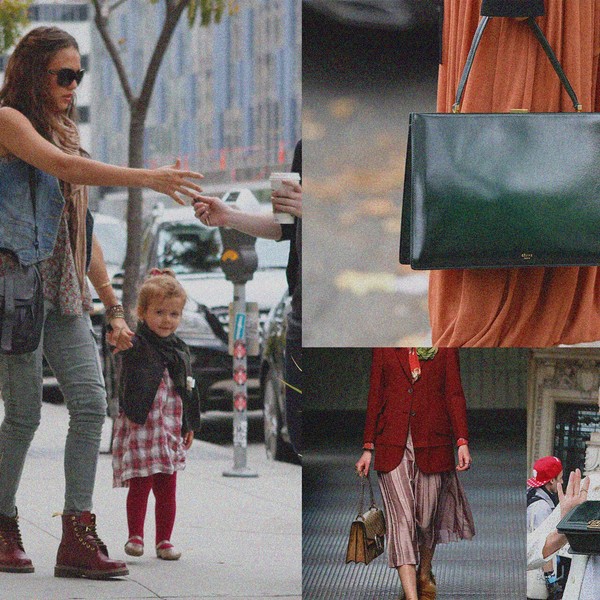Heirlooms of Hawaii
I spent a week immersing myself in the cultural practices and history of the islands with the founders of HIE jewelry.

Seeing Waikiki through the eyes of native Hawaiians is a profound experience. The islands are home to unique and sacred cultures rooted in centuries-old practices, and Meleana Estes and Noël Shaw, co-founders of the jewelry brand HIE Hawaii, were masterful hosts and storytellers throughout my visit. Their designs—traditional engraved heirloom bracelets and lei-inspired gold chains—capture the essence of the community and the deep connection they feel to their ancestors on the islands. The brand name means “to beautify,” and from the crystal-clear waters to the majestic peaks, I spent a week immersing myself in the art of hie.
We started off the trip by delving into the storied past of Hawaii with a tour of the ‘Iolani Palace, a testament to the kingdom's royal legacy. Queen Liliʻuokalani was the last reigning queen in the Hawaiian monarchy, and we toured the palace as it was in her final days. We marveled at the opulent architecture and discovered the regal history that unfolded within its walls. Although the palace was ravaged and nearly destroyed when turned into U.S. government buildings for decades, diligent historians and conservationists have recovered much of the furniture from Liliʻuokalani’s time and staged the property for tours.

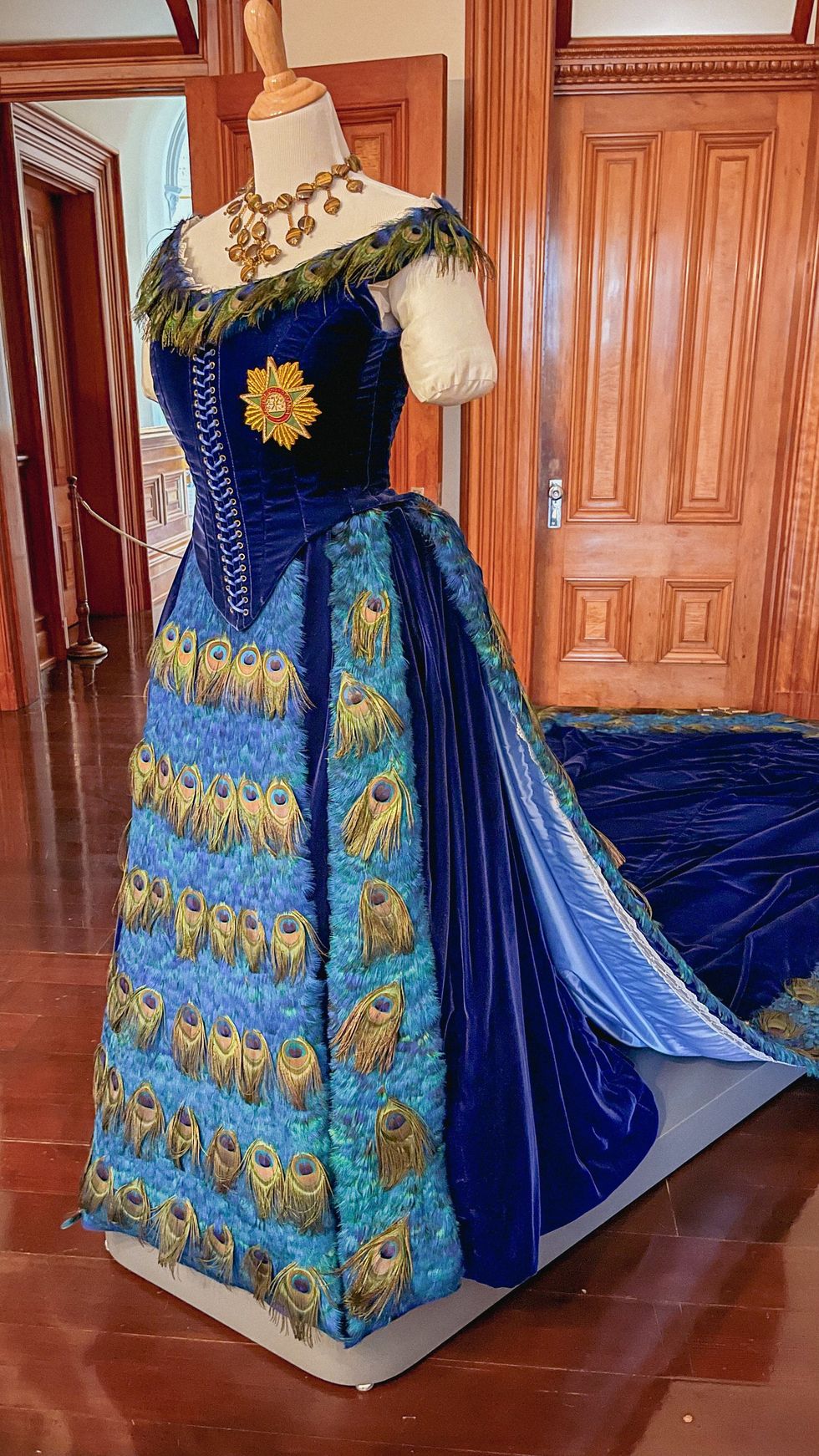

Included in the galleries is the original Hawaiian heirloom bracelet that the queen wore for most of her life. Estes and Shaw were deeply inspired by this age-old tradition and resurfaced it for new generations when they founded HIE. The delicate Liʻiliʻi Heirloom bangle is directly inspired by Queen Liliʻuokalani’s original heirloom bracelet and features chevronels on either side of the personalized namesake engraving. The bracelet signifies “protection for me and for those I protect” and mothers traditionally wear it for 16 years after they give birth before gifting it to their child.

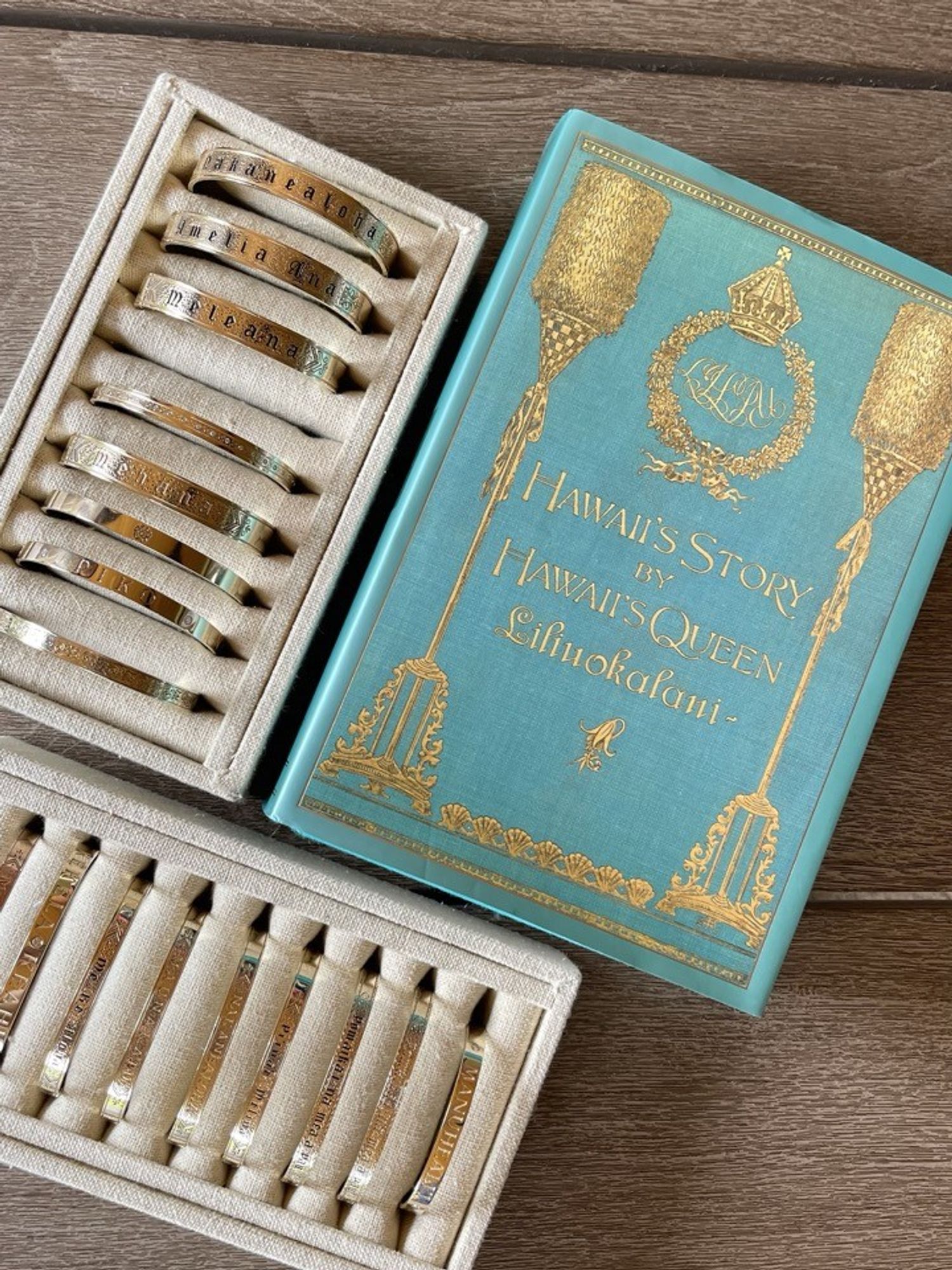
While in Hawaii, I interviewed surfing legend and business owner Kelia Moniz and when I asked about the best gift she’s ever received, she serendipitously replied that her close friends gave her the first HIE Hawaii bracelet the brand ever produced. It was a gift for the birth of her daughter, Lava, and the cultural significance of the bracelet made it an instant treasure.
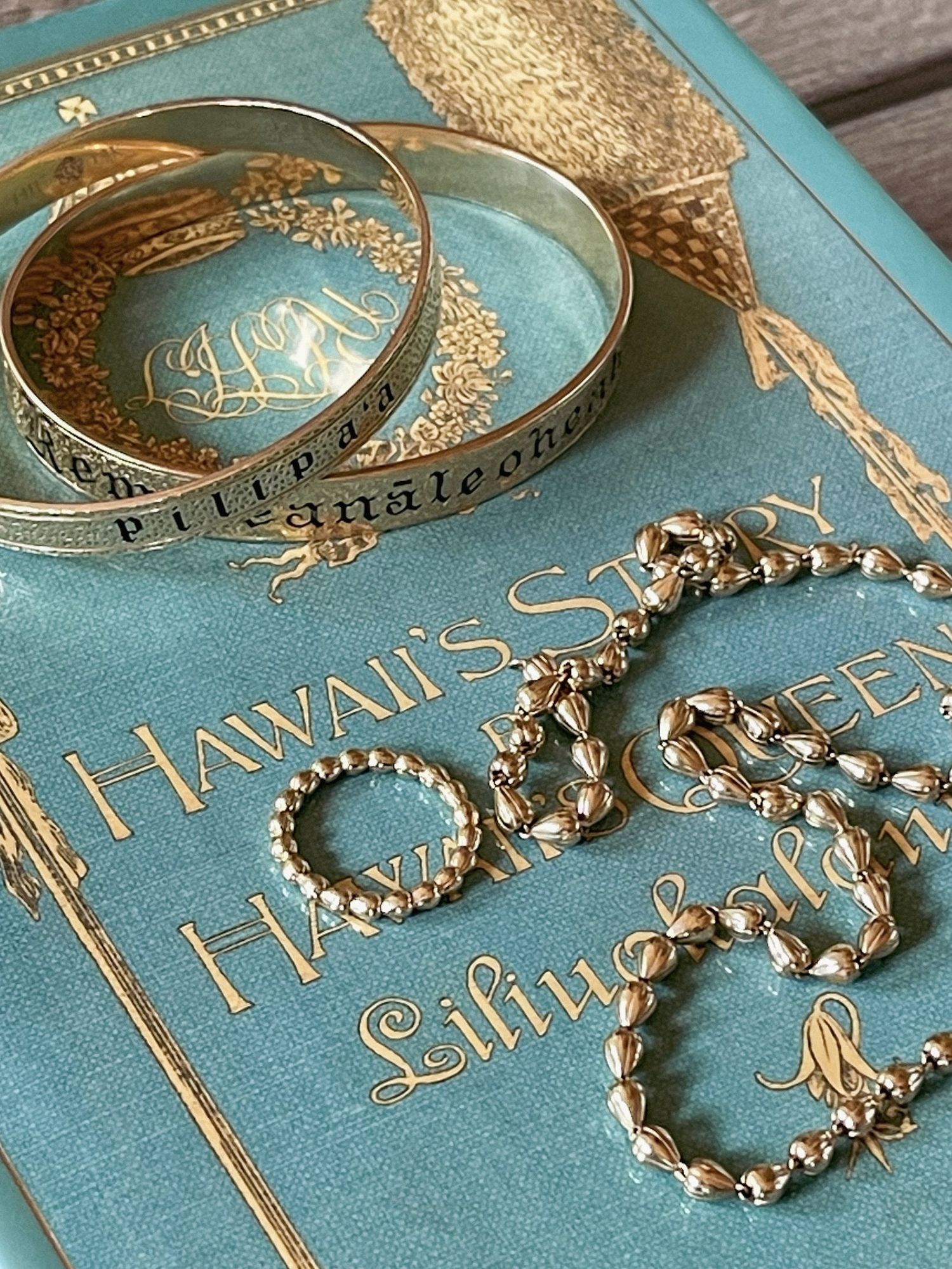
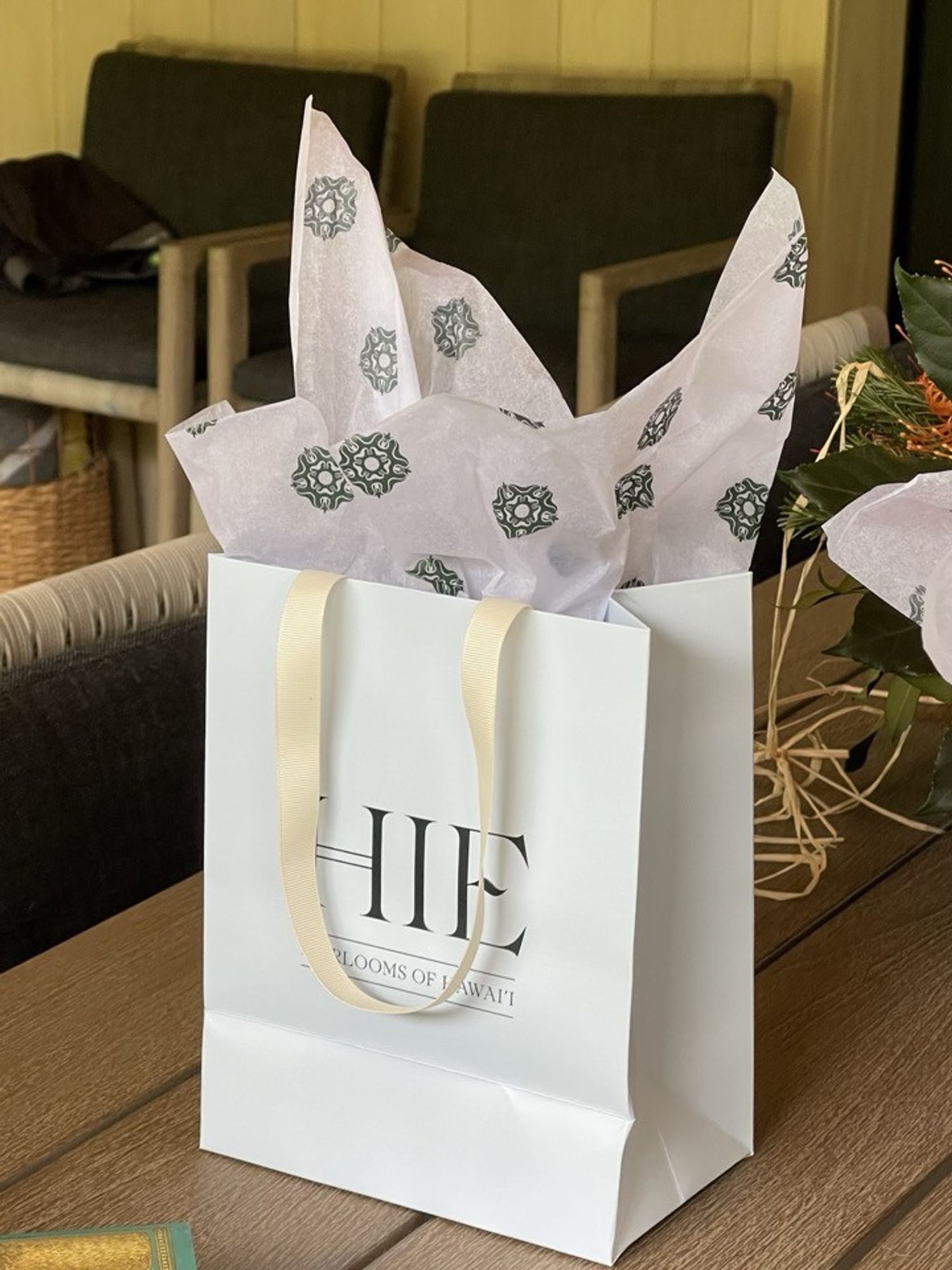
On the coast of Hawaii sits Shangri La, the only museum dedicated exclusively to Islamic art in the United States, and a piece of art unto itself. Constructed from 1935 to 1937 under the leadership of philanthropist Doris Duke, Shangri La was inspired by her extensive travels throughout Asia and North Africa, and the landscapes of Hawaii. When she passed, she directed in her will that Shangri La be "available to scholars, students, and others interested in the furtherance and preservation of Islamic art and make the premises open to the public.” The halls are adorned with fantastically intricate art, with rotating ancient and contemporary works on display.
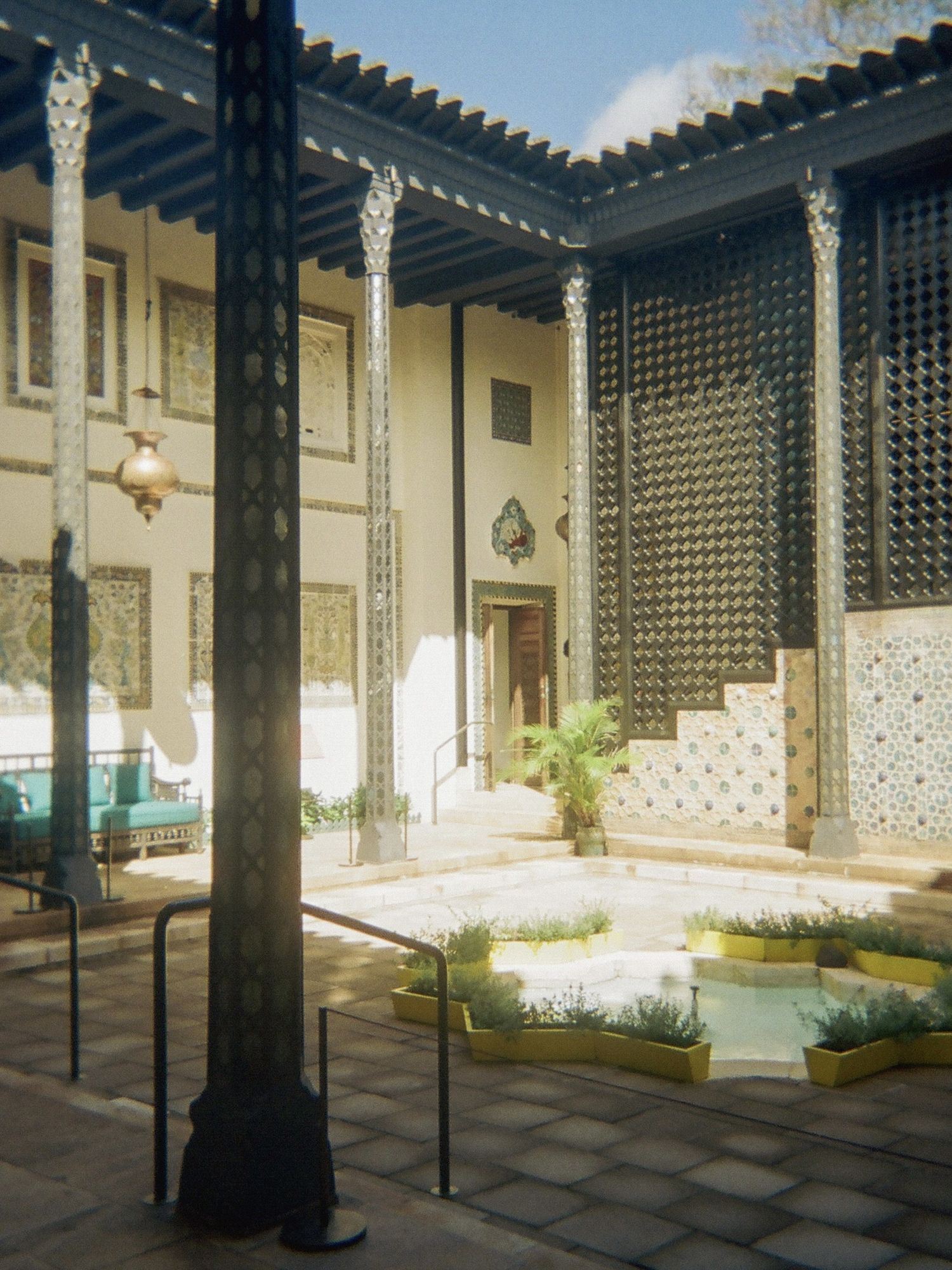
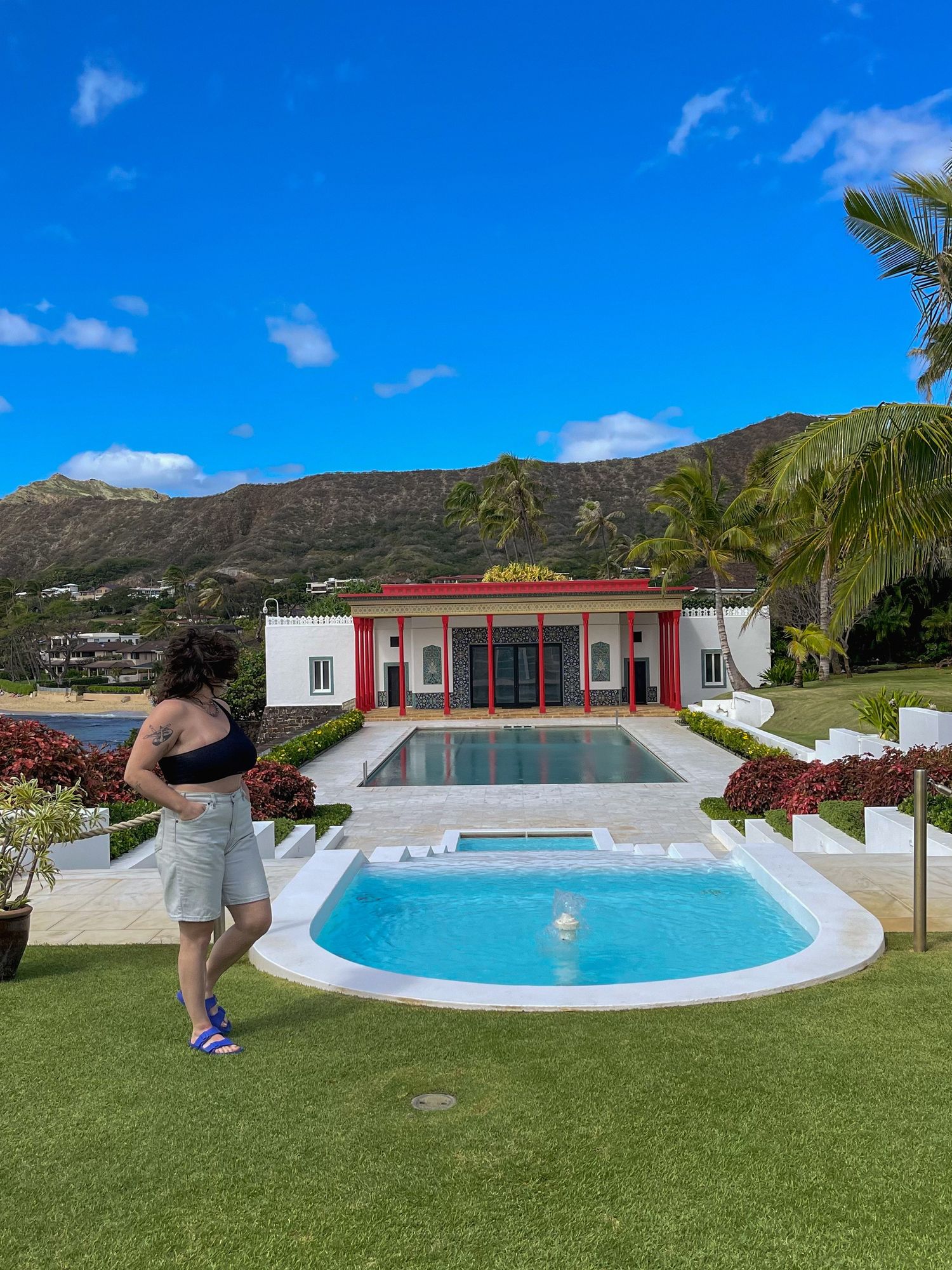
Our group walked off the jet lag with a morning hike up to Diamond Point lookout, immersing ourselves in the lush, verdant landscapes of Hawaii and taking in the awe-inspiring views. Estes, a master Lei maker and author of Lei Aloha: Celebrating the Vibrant Flowers and Lei of Hawai'i, later led us in the ancient art of lei-making, a tradition that embodies the generous and loving spirit of aloha locals love to share. Estes later led us in the ancient art of lei-making, a tradition that embodies the generous and loving spirit of aloha locals love to share.
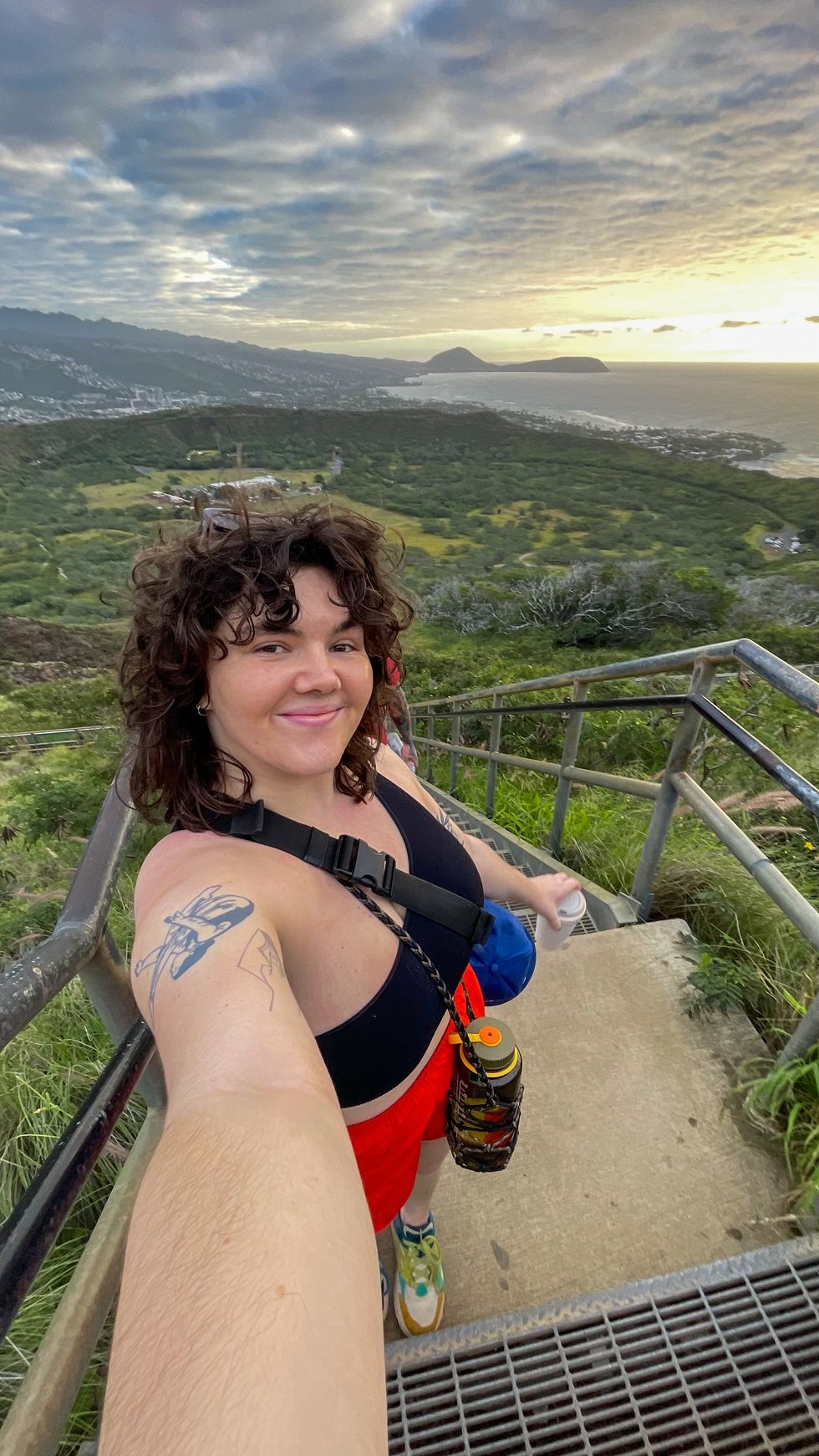
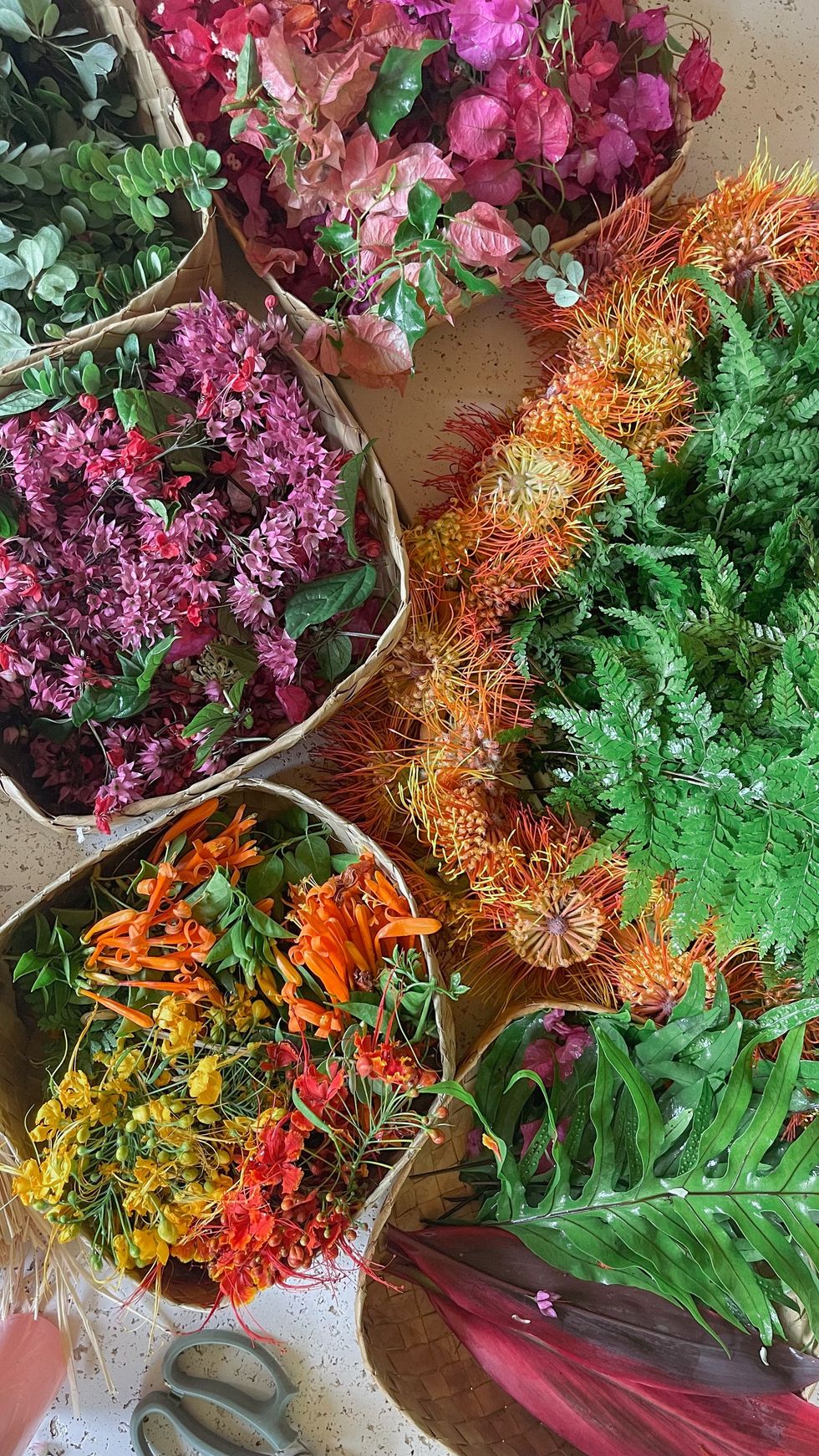
My culinary plan once I set foot on the island was to say “yes” to as many classic Hawaiian foods as possible. Poke, mochi, manapua, spam musubi, fish tacos, saimin, huli huli chicken, smoothies—I wanted to eat as many delicacies as possible. The best destination I encountered was the Saturday farmer’s market in Honolulu, where even top restaurants like The Pig and the Lady set up shop. Downtown, the Mochi Factory made the best version of the treat I’ve ever tried: strawberry, melon, mango—they somehow even convinced me that peanut butter mochi could be delicious. We spent the evenings at the delicious Azure Restaurant, nestled within the iconic Royal Hawaiian resort with local food. Every dish was a work of art, a fusion of flavors that paid homage to the diverse cultural tapestry of Hawaii.
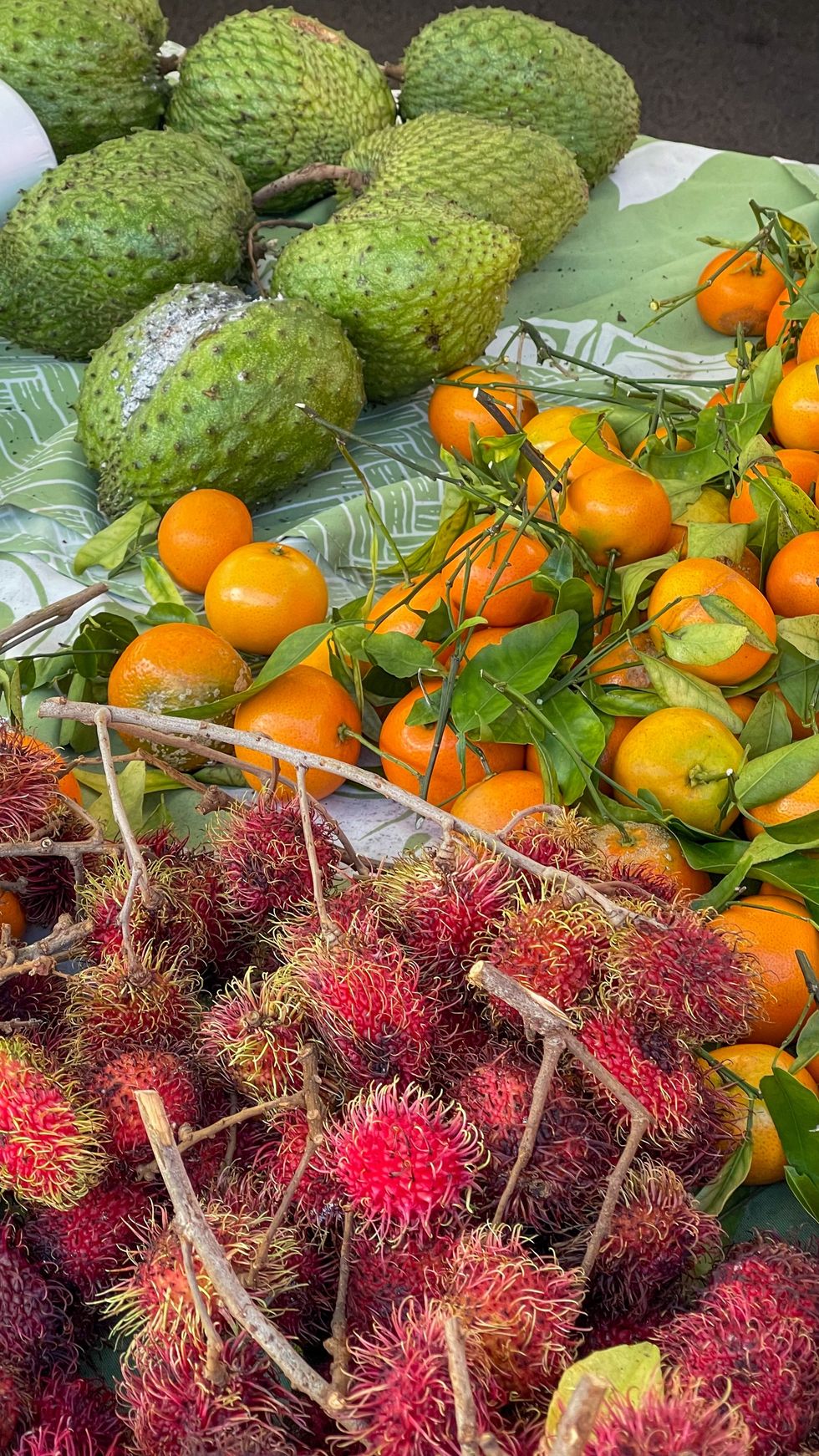
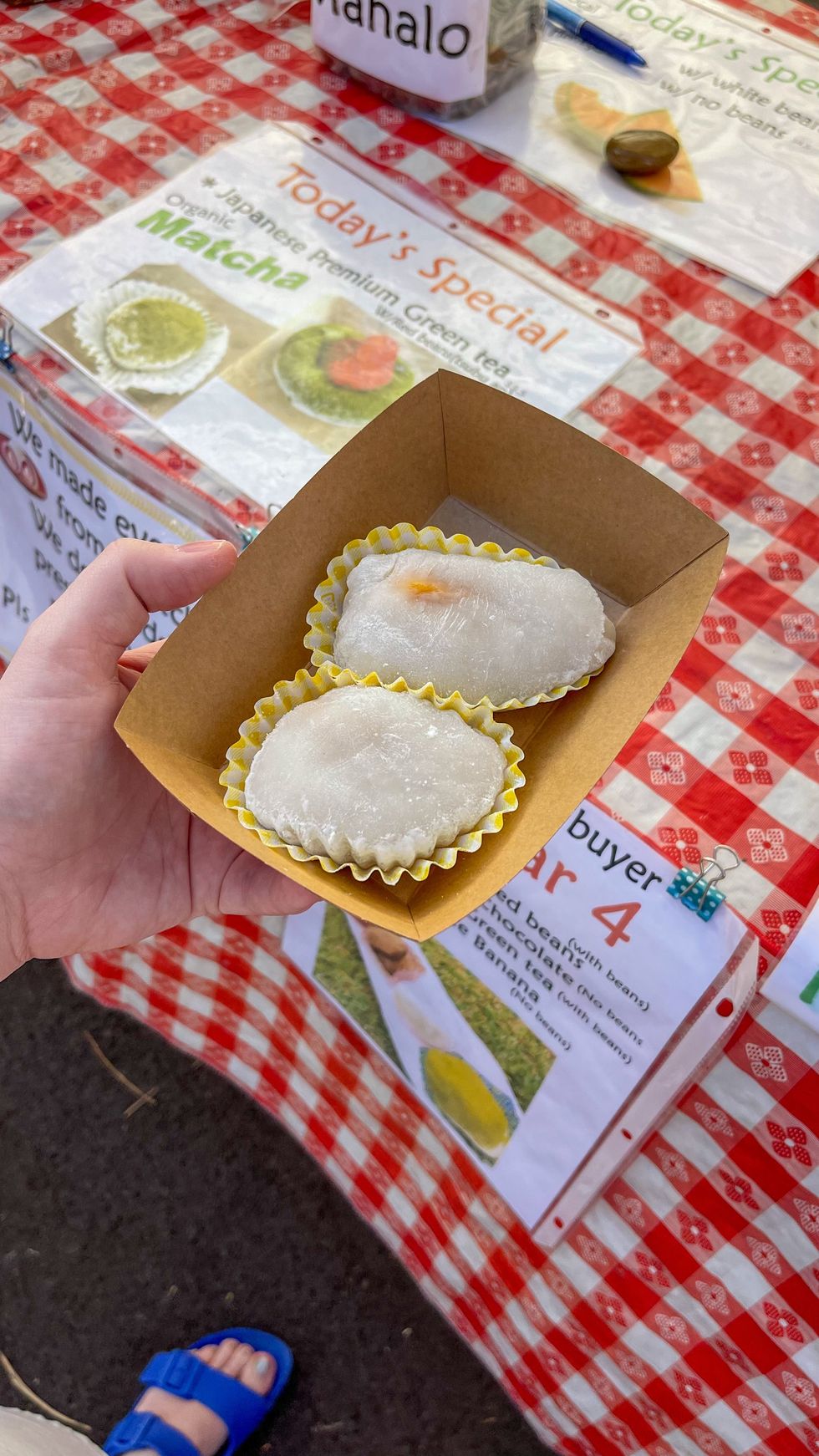

While I spent this week learning about the beautiful customs of Hawaiian jewelry through native eyes, it dawned on me that the heirlooms of the islands far exceed just the jewelry, but more what the jewelry stands for. Keeping the land and cultural practices thriving for generations to come is the true heirloom of Hawaii.
Want more stories like this?
Discover Spain's Best-Kept Coastal Secret
Mexico City's Unconventional Culinary Adventures
At Naviva: A Personalized Paradise Free of Schedules and Decision-making

